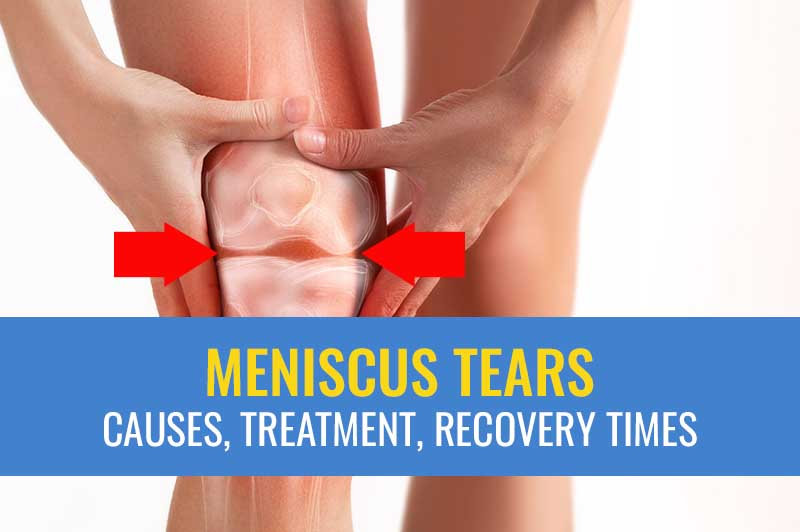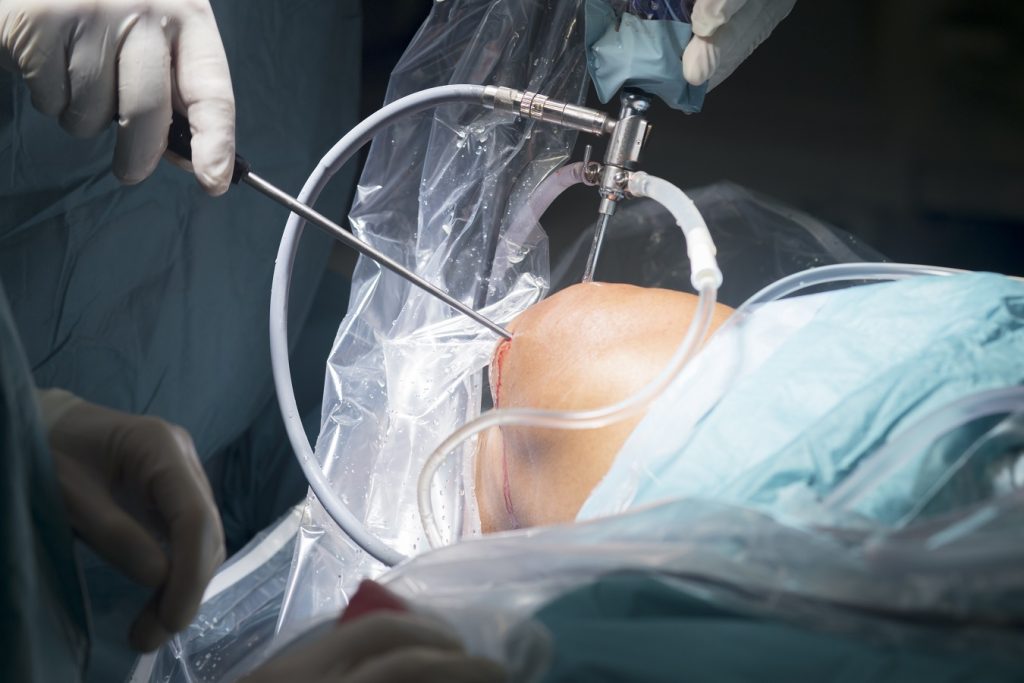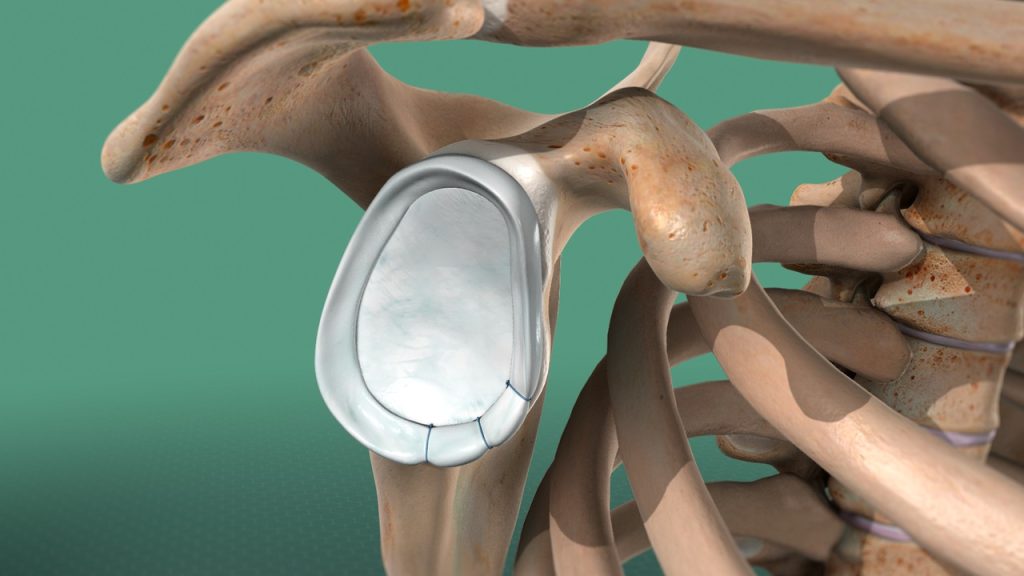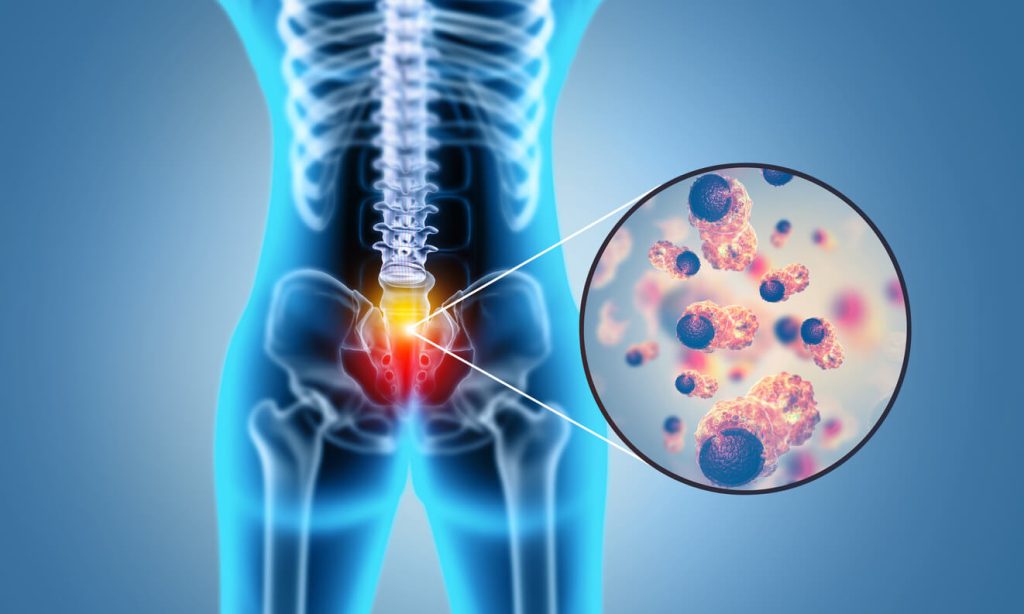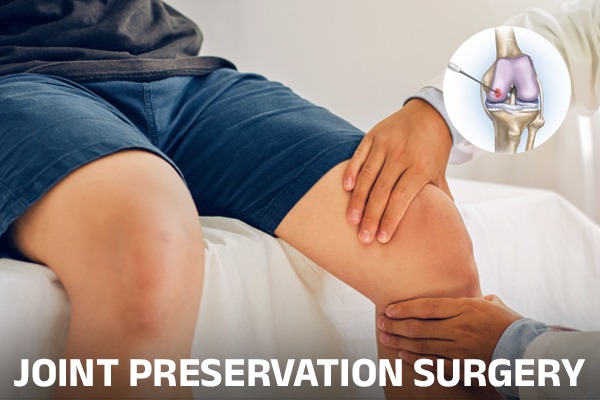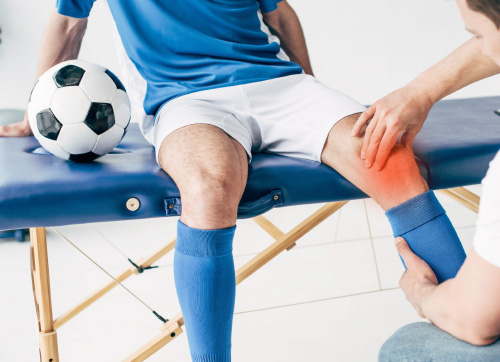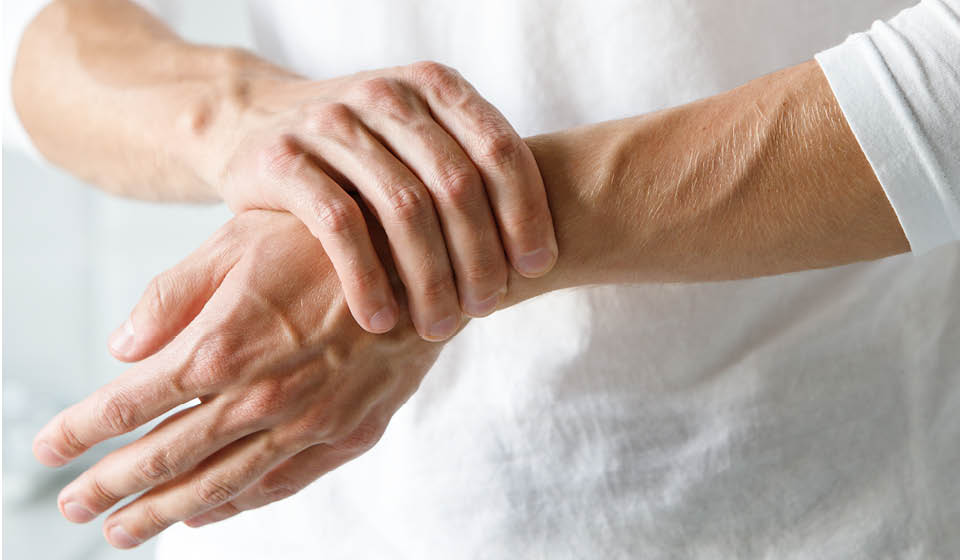Meniscus Injury: Understanding Causes, Symptoms, and Treatments
Meniscus Injury is a critical issue that can affect knee functionality and mobility. Understanding the causes, symptoms, and treatment options is essential for effective management and recovery. What is a Meniscus Injury? A meniscus injury involves a tear in the meniscus, a piece of cartilage that acts as a cushion between the shinbone and the thighbone. Meniscus injuries can result from activities that cause direct contact or pressure from a forced twist or rotation. Importance of Treating Meniscus Injuries Proper treatment of meniscus injuries is crucial to restoring knee function and preventing further damage. Untreated meniscus injuries can lead to chronic knee pain and instability. For more information, check out conditions treated by orthopedic surgeons. Causes of Meniscus Injuries Symptoms of Meniscus Injuries Treatment Options for Meniscus Injuries Treating meniscus injuries involves both non-surgical and surgical options. Dr. Vatsal Khetan’s expertise in treating meniscus injuries can guide you through the following treatments: Non-Surgical Treatments Surgical Treatments Recovery and Rehabilitation Recovery from meniscus injury treatment varies depending on the type and extent of the injury and treatment. Physical therapy is essential to restore strength and mobility. Dr. Vatsal Khetan’s guidance on sports medicine can help you navigate the recovery process. Long-Term Outcomes With appropriate treatment and rehabilitation, most patients can achieve significant improvement in knee function and pain relief. For tips on managing chronic knee pain, explore advanced chronic knee pain management. Connect with Us Follow us on social media for the latest updates: Contact Information Name: Dr. Vatsal Khetan Address: SK Pandey Complex, Betiahata Rd, beside Union Bank, Betiahata, Gorakhpur, Uttar Pradesh 273001 Phone: +91-9662 365 917
Meniscus Injury: Understanding Causes, Symptoms, and Treatments Read More »

